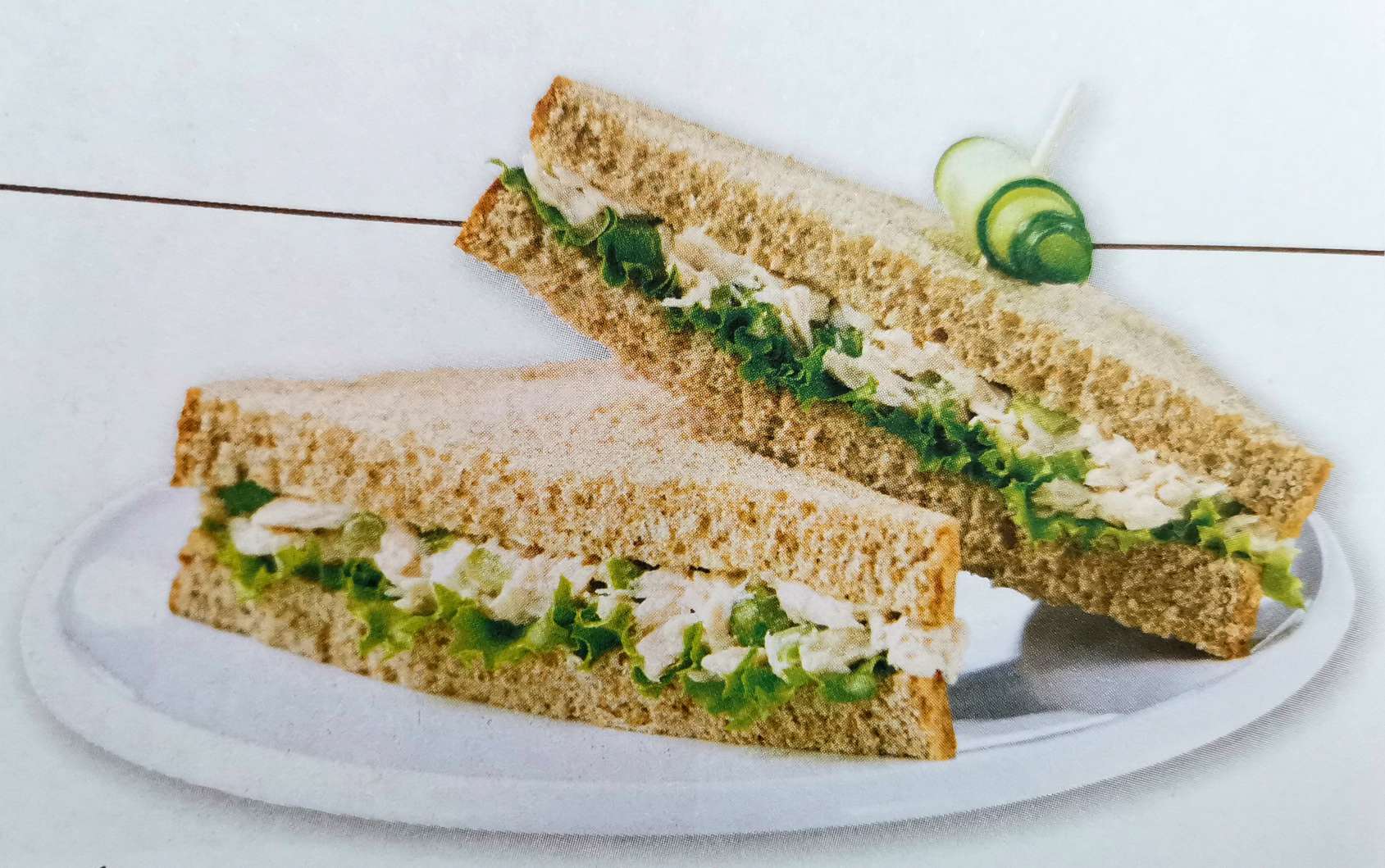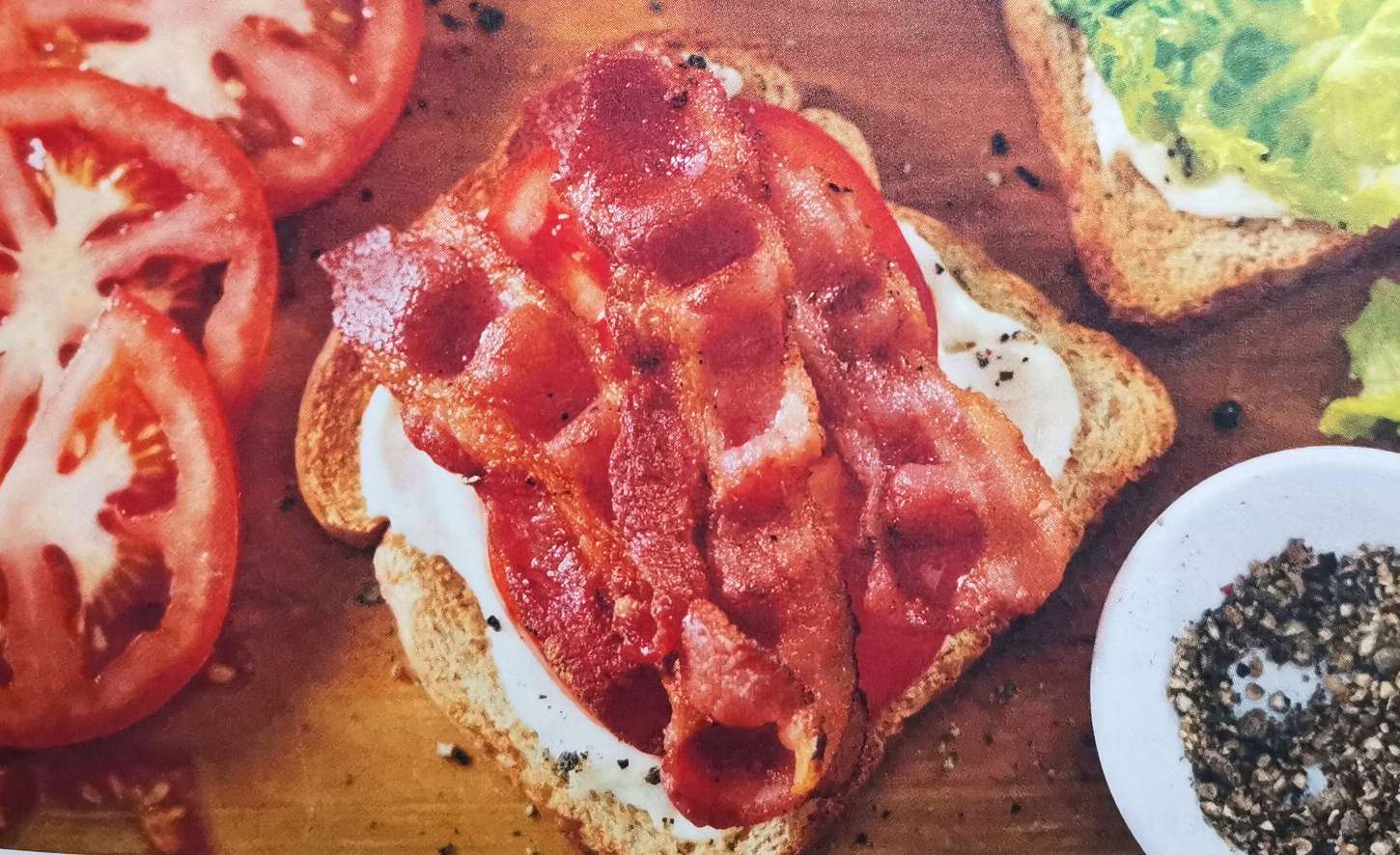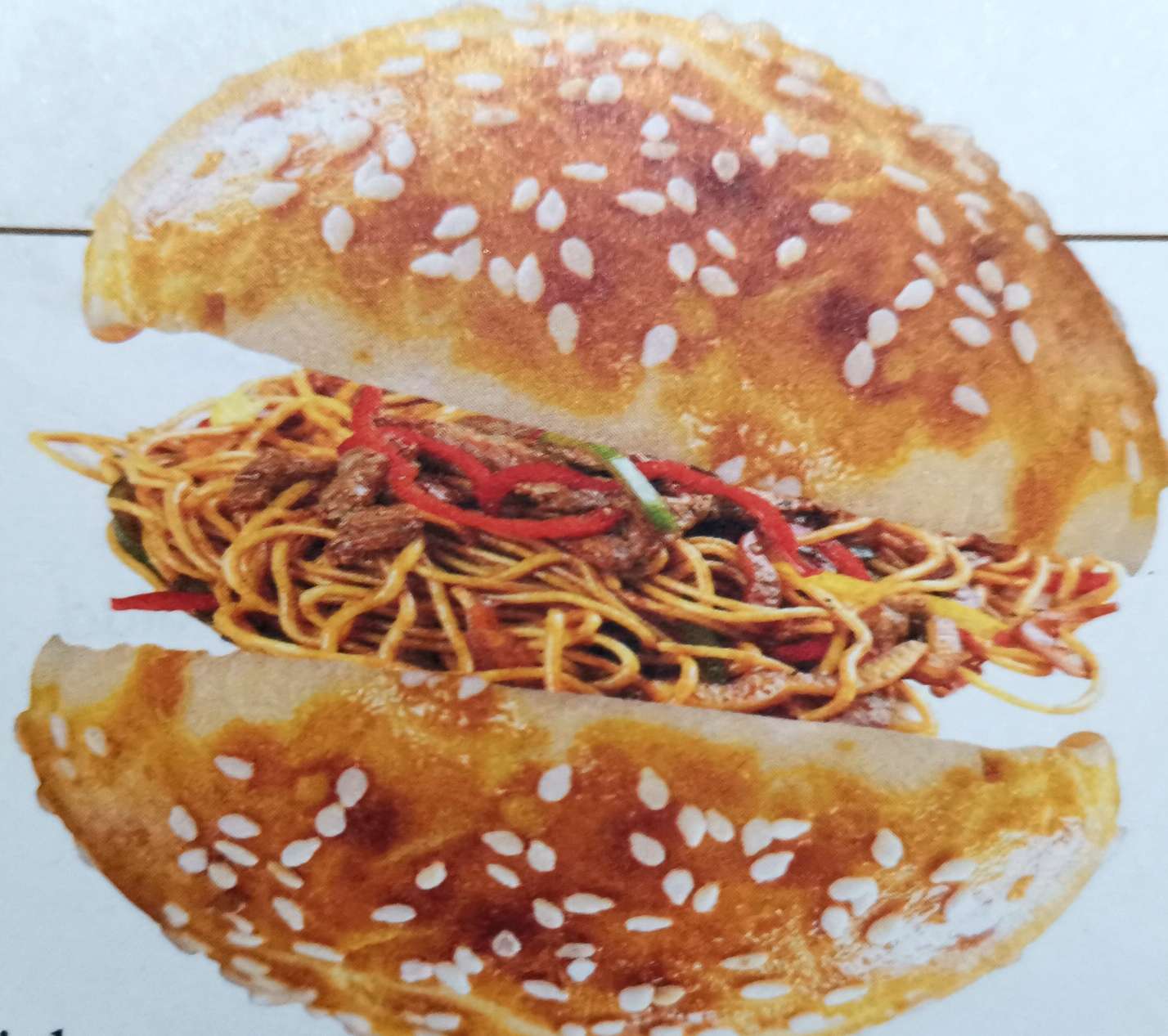The story of a nation in sandwiches
1 Everyone has a favorite sandwich, often prepared according to their specific taste: White or whole wheat? Turkey or ham? Grilled or toasted?
2 We reached out to three food historians and asked them to tell the story of a sandwich of their choosing. Together, they show how the sandwiches we eat (or used to eat) do more than fill us up during our lunch breaks. In their stories are themes of class and gender, of resourcefulness and creativity, and of immigration and globalization.

A taste of home for working women
Megan Elias, Boston University
3 The tuna salad sandwich originated from an impulse to conserve, only to become a symbol of excess.
4 In the 19th century — before the era of supermarkets and cheap groceries — most Americans avoided wasting food. Leftovers of chicken, ham or fish, and some vegetables from supper would be mixed with mayonnaise and served on lettuce for lunch.
5 Around the end of the 19th century, middle-class women began to spend more time in public, going to department stores, lectures, and museums. Since social conventions kept these women out of places where men ate, lunch restaurants opened up to serve these new customers. They offered women exactly the kind of food they had served each other at home: salads. While salads made at home often were made from leftovers, those at lunch restaurants were made from scratch. Fish salads were typical.
6 As further social and economic changes brought more women into public life as office and department store workers, the ladies' lunch became no longer practical, since the office lunchtime was limited. So lunch counters came up with the idea of offering salads between two pieces of bread. This sped up table turnover and encouraged customers to get lunch to go.
7 When canned tuna was introduced in the early 20th century, lunch counters and home cooks could save the time of cooking a fish and go straight to the salad. But there was a downside: The popularity of canned tuna led to the growth of a global industry that resulted in the unintended killing of millions of dolphins. A clever way to use dinner scraps has become a global crisis of conscience and environmentalism.

A snack for the elites
Paul Freedman, Yale University
8 Unlike many American food trends of the 1890s, such as the Waldorf salad and chafing dishes, the club sandwich has endured.
9 A two-layer affair, the club sandwich calls for three pieces of toasted bread spread with mayonnaise and filled with chicken or turkey, bacon, lettuce, and tomato. Usually the sandwich is cut into two triangles and held together with a toothpick stuck in each half.
10 Some believe it should be eaten with a knife and fork and its combination of elegance and mildness makes the club sandwich a permanent feature of country and city club cuisine.
11 The club sandwich originated in gentlemen's clubs, which are known — to this day — for a conservatism that includes loyalty to traditional cuisine. Interestingly, until the 1920s, sandwiches were identified with ladies' lunch places that served "dainty" food. And the most famous supporter of club sandwiches was Wallis Simpson, the American woman whom Edward VIII resigned as King to marry.
12 Despite the infinite choice of sandwiches today, the club sandwich continues to be popular with hungry people of all backgrounds thanks to its inventiveness and appeal.

East meets West in Fall River, Massachusetts
Imogene Lim, Vancouver Island University
13 Chow mein in a sandwich? Is that a real thing?
14 I was first introduced to the chow mein sandwich while completing my doctorate at Brown University. Even as the child of a Chinatown restaurant owner from Vancouver, I viewed the sandwich as something of a mystery.
15 The chow mein sandwich is the typical "East meets West" food, and it's largely associated with New England's Chinese restaurants — specifically, those of Fall River. It's exactly what it sounds like: a sandwich filled with chow mein. It can be served in a bun or between sliced white bread, much like a hot turkey sandwich with gravy. The classic meal includes the sandwich, French fries, and orange juice.
16 The sandwich became popular in the 1920s because it was filling and cheap. Workers munched on them in factory canteens, while their kids ate them for lunch at schools. It would go on to be available at some "five and dime" lunch counters.
17 For those who grew up in the Fall River area, the chow mein sandwich is a reminder of home. And at one time, Fall River expats living in Los Angeles would hold a "Fall River Day."
18 On the menu? Chow mein sandwiches, of course!
更多:
Travel in Europe(新编大学英语U2R1)
本号:662967
Why men don't like shopping and most women do(新版大学英语U4R1)
本号:281631
Have a lover, have friends, or read books?(新编大学英语U5R1)
本号:219227
